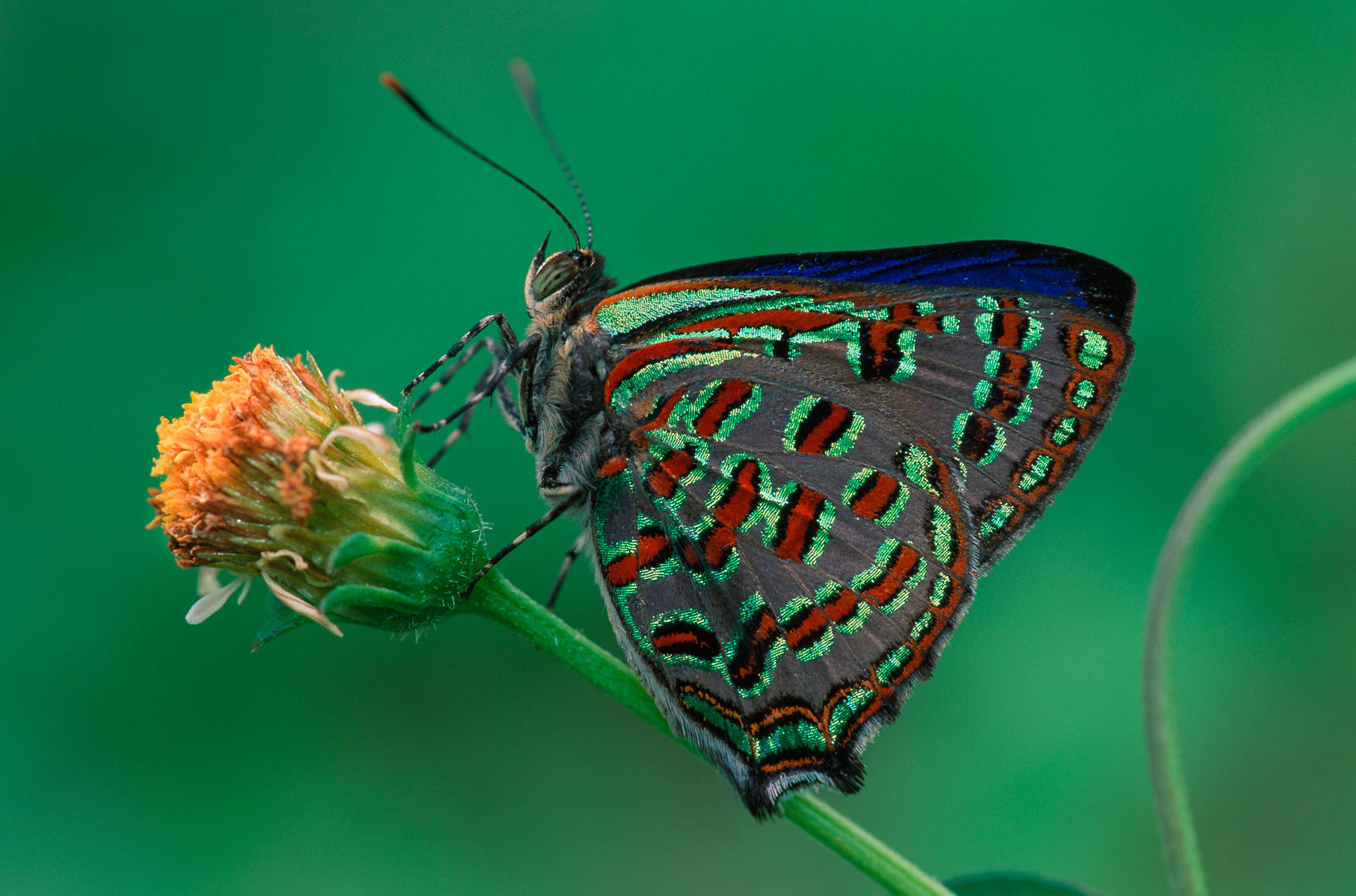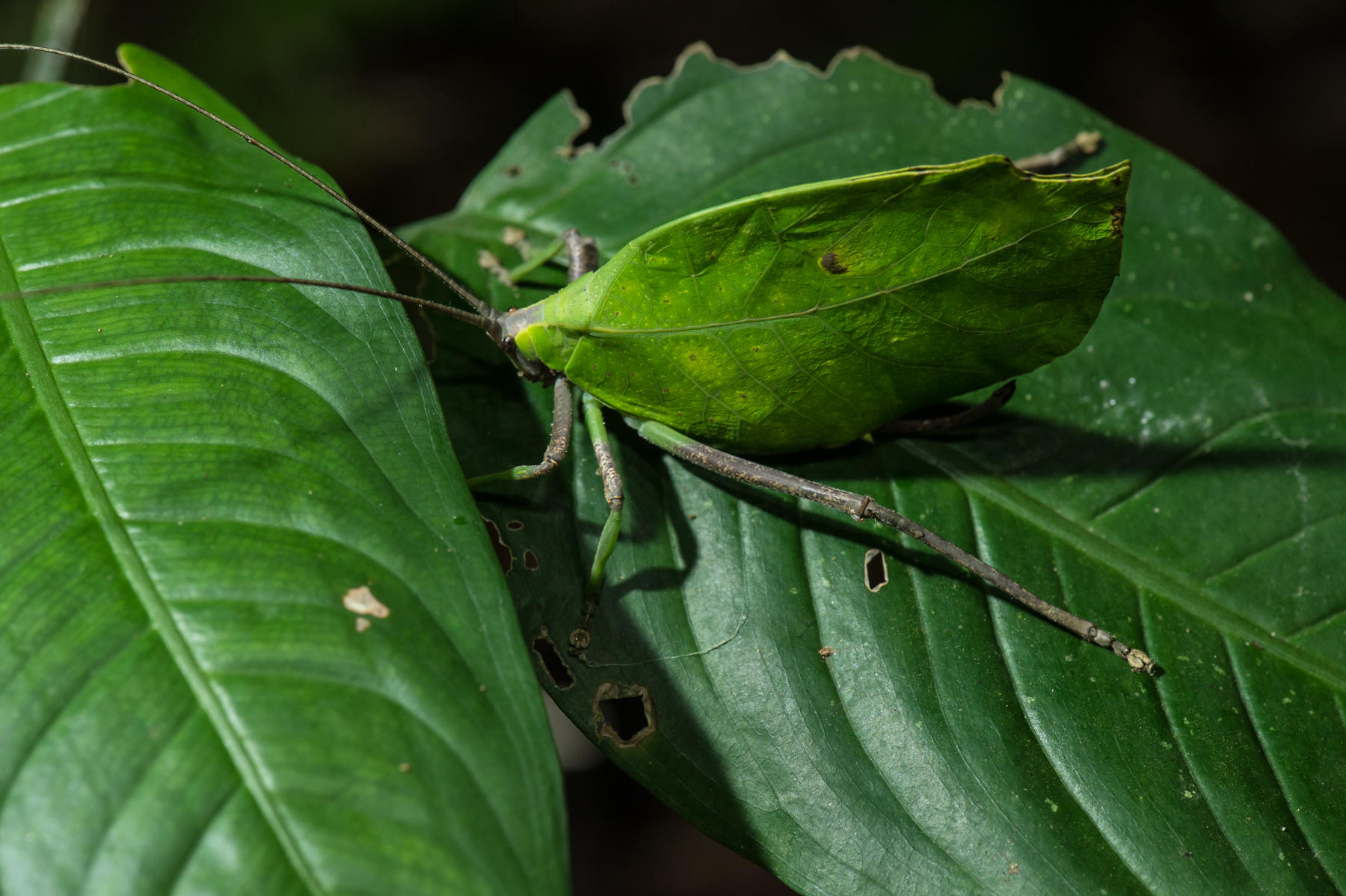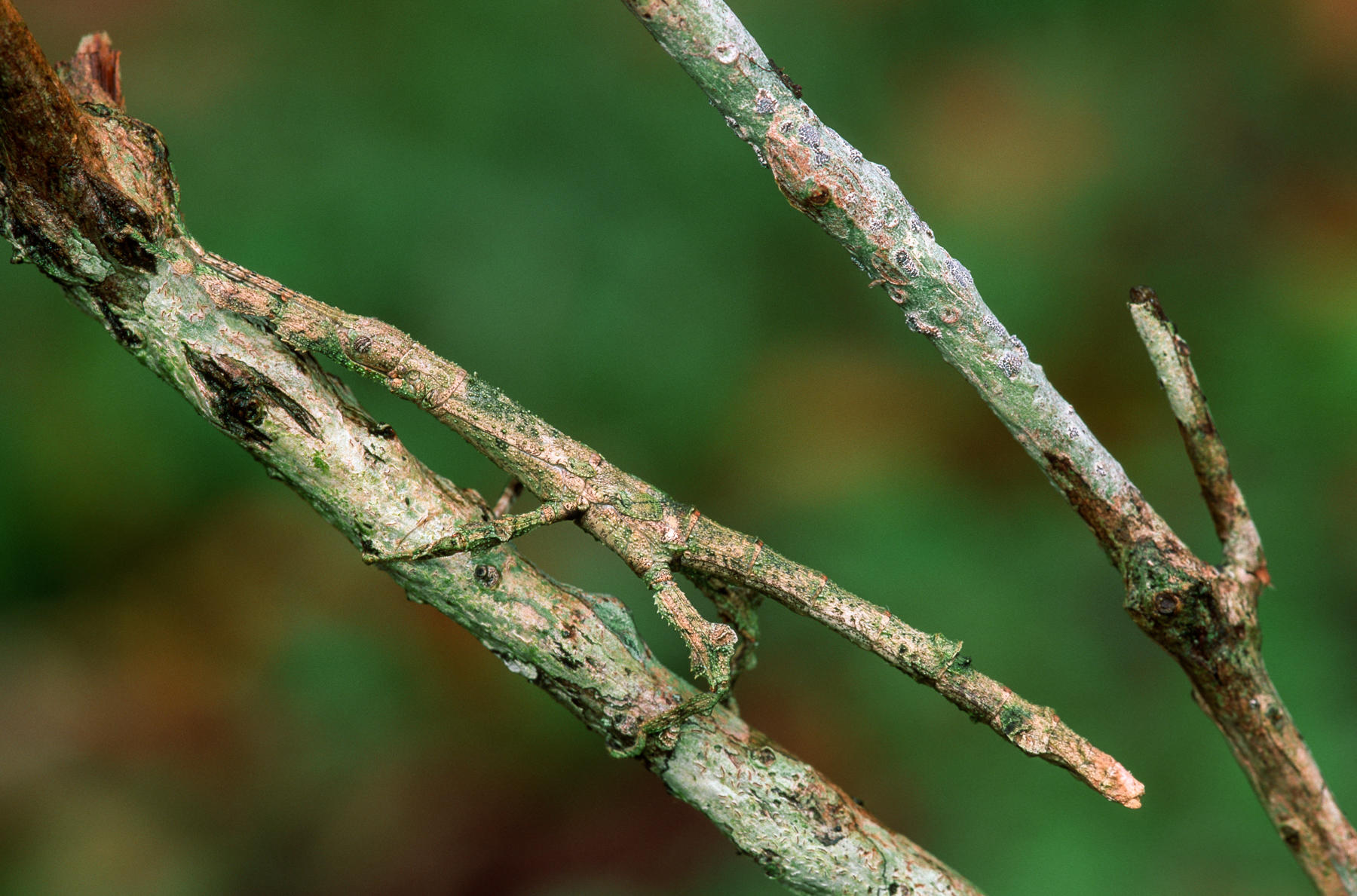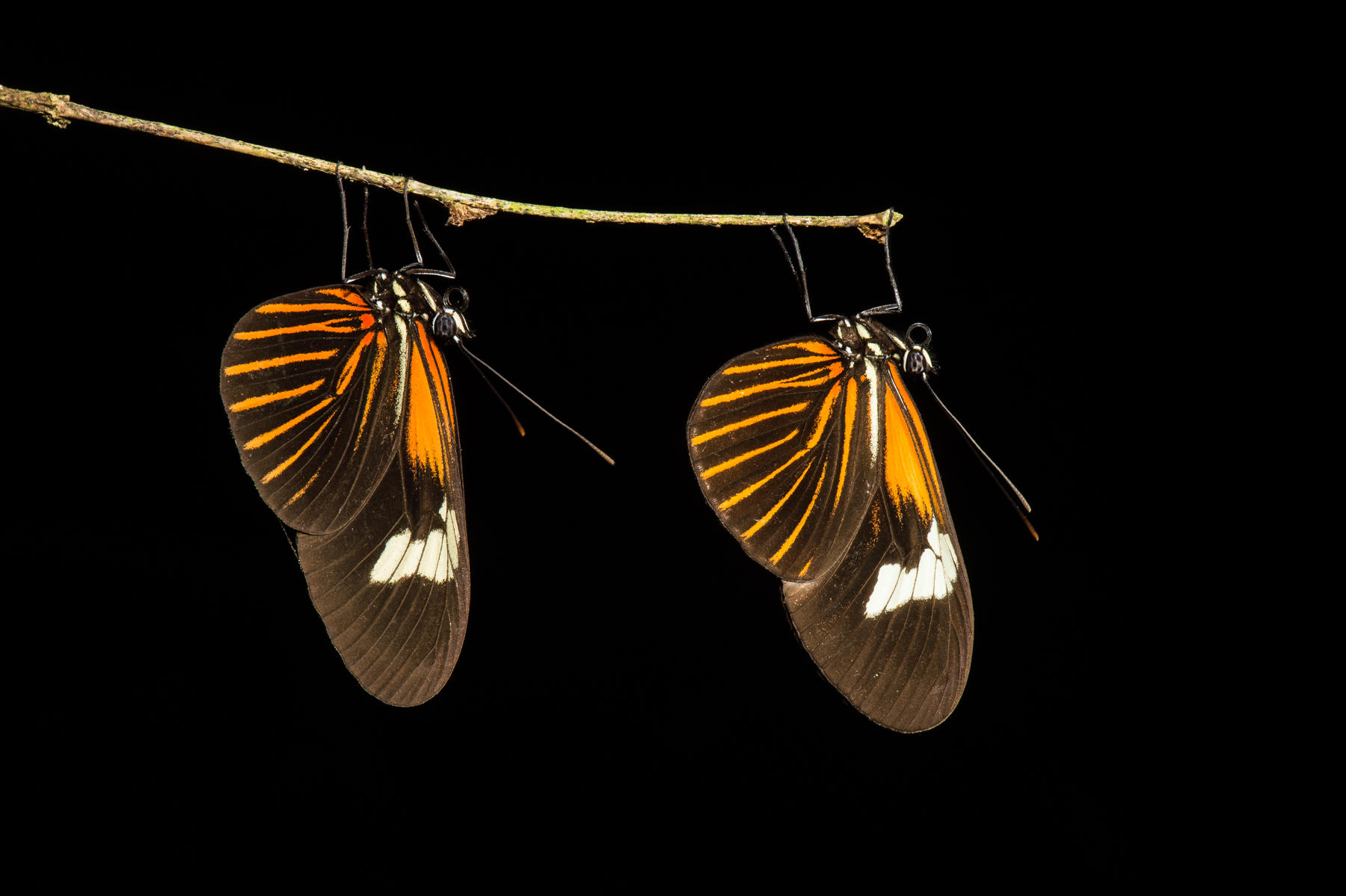You are here
Lesson 2: Understory
Tree in Understory

Located between the forest floor and the rainforest canopy is the understory. The understory has many trees, bushes, vines, and plants. Some animals have special jobs to help keep the understory plants healthy.
Bees, bats, and butterflies fly through the understory carrying pollen from flower to flower. This process is called pollination and is important because this helps flowers to reproduce. The animals that carry the pollen are called pollinators. The flowers have adapted in ways that make it easy for the pollinators to find them. Some give off smells that attract animals. Others attract attention by their large size and bright color.
While there are many animals that call the understory home, the understory also has many visitors. Animals may leave their homes on the forest floor or come down from the canopy to visit the understory. Some animals, like monkeys, travel to the understory from the canopy in search of tasty bananas to eat. Bats come to the understory and help the rainforest plant life. They serve an important purpose by carrying pollen and seeds to help new plants grow. Still, other animals come to the understory to escape from predators hunting them from the forest floor or from the canopy. As you can see, the understory plays many roles in the world of the rainforest.


The understory is a shady place with little light. This can make it difficult to see. It also helps animals who are hiding from predators.
Many animals in the understory have the ability to blend in with the environment. They can look like a leaf or a stick, even a bird dropping! Chances are good that if animals can go unnoticed or even look like something that would not taste very good, they will be safe.
Click to learn related material from an expert.
Click to learn related material from an expert.
One example of an animal that blends into the environment of the understory is a two-leaf katydid. These insects come in different shades of green and brown. Some katydids look like leaves that are rotting or dead. They can also look like they are torn or chewed leaves. No two leaf katydids have the same shape or patterns. This is important because if they did predators would learn to recognize them. Even scientists studying the katydids can have trouble finding them!
Click to learn related material from an expert.
Click to learn related material from an expert.

There are a lot of predators looking for food in the understory. Many animals have different ways of protecting themselves from these predators.
Some animals blend in with the natural environment of the understory. Still others use their bright colors to stop predators from harming them. Take a look at the butterflies in this photo. They have what are called "eyespots" on their wings. These large, colorful marks sometimes fool the predator into thinking they are looking at the eyes of another predator!
Click to learn about related material from a real trip to the rainforest.
Click to learn about related material from a real trip to the rainforest.
Butterflies have a number of ways to protect themselves from predators. Some of them rely on being able to disguise themselves. The wings of certain butterflies have dull colors that make them hard for predators to see. On the other hand, some butterflies are brightly-colored. These colors signal to predators that they are poisonous to eat. That sure keeps most predators away! Others find safety in traveling in pairs or in groups which helps them stay safe. For example, some butterflies travel in groups called flutters. These groups can contain thousands of butterflies at one time. Flying together in these large groups makes it difficult for predators to find just one butterfly to eat.
